How do you interpret the ISO 4406 particle count readings? It’s a very common test to look at the cleanliness of oil or hydraulic fluid, and it’s based on this standard called ISO 4406. There’s a new version of it from 2017, which is pretty much the same as the previous version with just a few little corrections.
Anyway, it’s a common test. It’s a very important test that shows you how clean the oil is. It’s a great indicator of what you can expect in the future: if you can get that number down through filtration and contamination control, then you can expect much better reliability from the equipment.
So what is the reading? It’s actually made up of three numbers, called range numbers. Each of them indicates a range of particles per milliliter of an oil sample. So the first number represents the number of particles greater than 4 μm in size. The second number is the number of particles greater than 6 μm in size. The third number is a range number indicating the number of particles greater than 14 μm in size. The older system just had two numbers indicating the number of particles greater than 5 μm and 15 μm. The bottom line is, you want small numbers because the bigger numbers represent a dirtier oil sample.
So how do you read it? Basically, rather than trying to say, “Well, you had exactly 43,900 particles in the sample” (the sample won’t be the same and the particle counting system isn’t perfect), we just say, “It’s in this range here, and we call it 23.” So we use the number 23 here instead of the actual number of particles that were detected. For example, if a range number was 12, we look down here (on a chart shown in the video), and we say, “Well, we know that there were somewhere between 20 and 40 particles.” And that’s a very clean sample. Down here at 20, it’s between 5,000 and 10,000.
Let’s take a look. I’ve got this little simulator so I can play with it. The number of 14 μm particles is going to be smaller, because the > 4 μm includes the > 14 μm. Let’s choose a number; say, there were 7,000 particles found in the test. That gives a range number of 20. The > 6 μm will be a larger number; let’s just say that it was 15,000, which gives a range number of 21. The > 4 μm will be an even bigger number, so let’s just say 30,000, giving us a 22. So that would be our code: 22/21/20.
One nice way of looking at it is if I just choose two samples—say, the original sample and the sample after it’s gone through filtration, taking it from 24 to 13—and compare the two, this would be the equivalent change in contamination (video shows a yellow sample and an orange sample dotted with black particles, and it shows that the sample is 2048X cleaner). Selecting different numbers on this table shows the ratio of cleanliness by the numbers and by a picture.
Each step in this table, as you can see, is twice the one before it, so each change in range number represents a doubling of the number of particles. I’ll show you an example. Here are two images of samples taken under a microscope: ISO -/14/11 on the left and ISO -/21/18 on the right. To go from 14 to 21 is a difference of 7, and because each increment represents a power of two (double), there are 128X more particles in the second sample than the first in that range (> 5 μm, under the old system). It is the same difference between the 11 and 18, so 128X more particles greater than 15 μm. Obviously you want the first sample in your machine, as it has a lower particle count.
So I hope that clarifies what those range numbers mean and what that oil cleanliness means. It’s a very important measurement to understand, and to go through all efforts necessary to make your oil and hydraulic fluid cleaner.


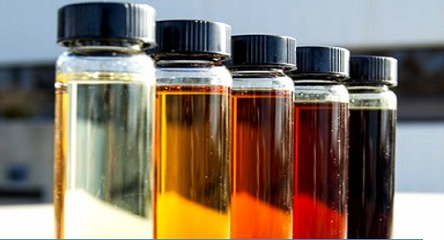
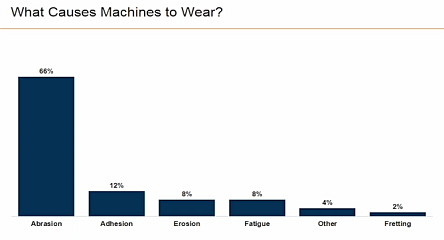
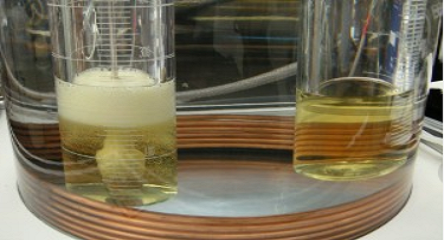
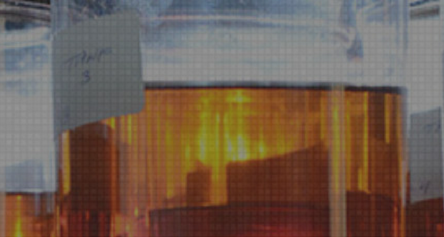
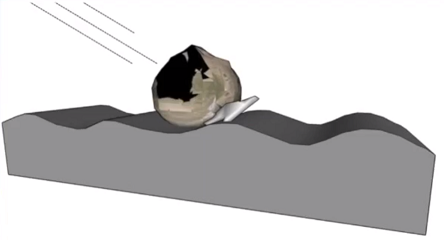
This is very easy and self explanatory…Thanks Jason
Please, can we have a full training on Particle and oil analysis interpretation webinar with certification?
Hi Alex – I am glad you liked it! And thanks for your vote of confidence! Right now we have quite a long section on this topic in our ARP-E Reliability Engineering course, but at this stage, no oil analysis training. We would like to create a course though.
Thank you Jason for this explanation! It is very interesting.